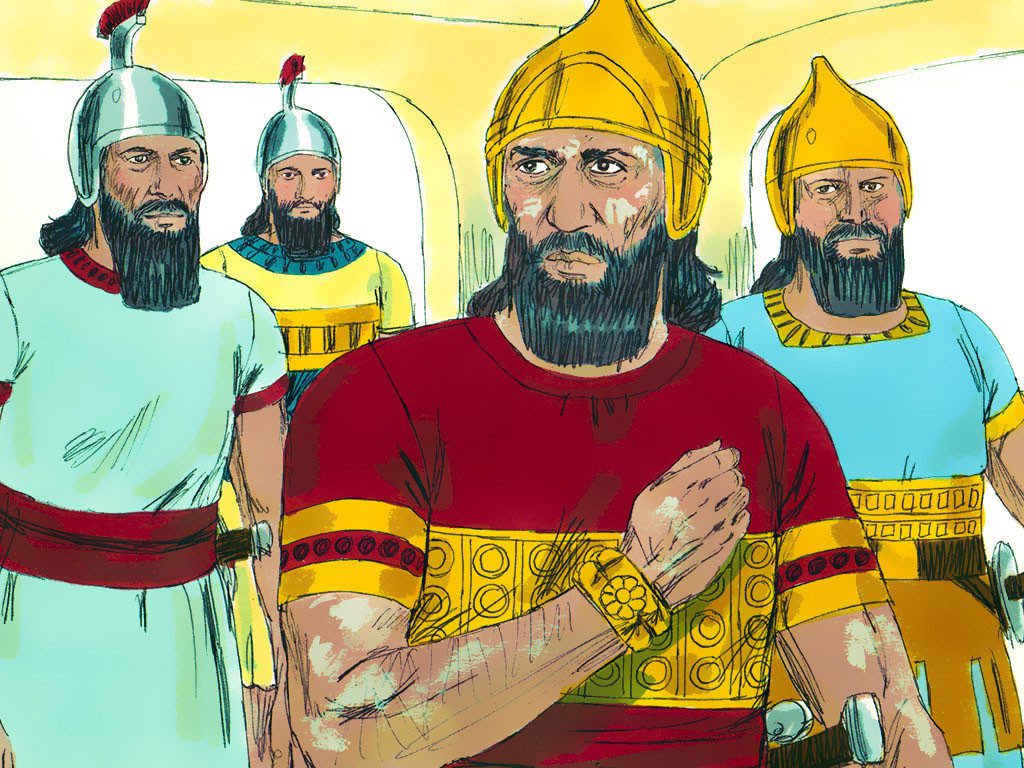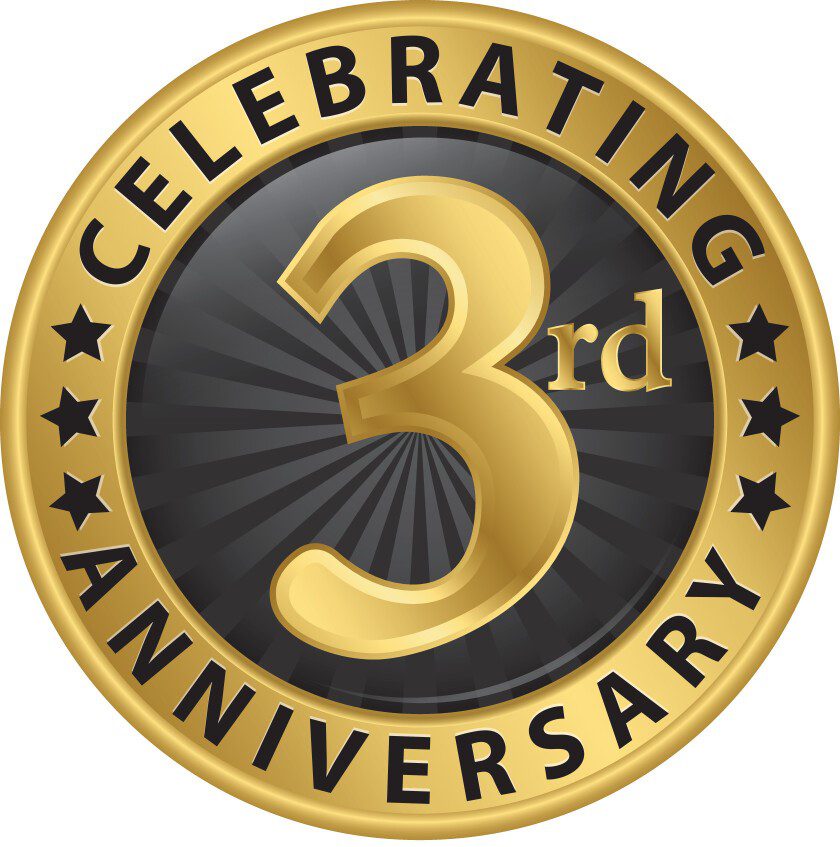2 Kings 5 and Leviticus 13:1, NIV
“Lord, heal me and I will be completely well; rescue me and I will be perfectly safe. You are the one I praise!” Jeremiah 17:14
Months after the young girl had been captured during a Syrian raid in Israel, she began to notice that something was physically wrong with the high-ranking military officer who led the invasion.
“I may be young, but Yahweh has been faithful in showing me things,” she thought.
Naaman, the commander of the Syrian army, was losing his hair, eyebrows, and eyelashes. The girl observed that his skin condition worsened each day. Though he tried to hide it, she could see his hands were becoming useless.
Yes, Naaman, someone who was greatly admired by the King of Syria, had leprosy.

Much like AIDS today, leprosy was one of the most feared diseases of the time. It was and still is a long-term infection by the bacteria Mycobacterium leprae or Mycobacterium lepromatosis. Often the infection is contagious and may cause a loss of feeling, flesh decay, and even deformation as it damages the nerves, respiratory tract, skin, and eyes.
The girl was too young to know much of the details of the disease, but she knew it was deadly and her master needed help. That disease had struck many in Israel, and she had seen from a distance how it slowly destroyed its victims.
When she was first captured and given to Naaman’s wife as a maid, she hadn’t noticed the commander’s condition because she was too preoccupied with her own situation. She had to adjust to a new life in a foreign culture. Also, she had to learn to live with people responsible for the death of her parents, other family members, friends, and Israeli leaders.
Syria, which was known as Aram during that time, was Israel’s neighbor to the northeast, but the two nations fought frequently during Old Testament times. Under King David, Syria paid tribute to Israel. In Prophet Elisha’s day, however, Syria was growing in power and frequently conducted raids on Israel to frustrate the people and bring about political confusion. Its capital Damascus plays a significant role throughout the Bible.
Naaman felt helpless, desperate because many people with leprosy were forced out of the cities into quarantined camps. At that moment, it was still a mild form of the disease; he was still able to keep his post as Commander of the Army.
The slave girl had come to terms with her situation, deciding to turn her bitterness or rancor into a remarkably positive attitude. However, her daily observations of the deteriorating conditions of her master forced her to share her opinion.
“One day the girl said to her mistress, ‘I wish my master would go to see the prophet in Samaria. He would heal him of his leprosy,’” she blurted out, according to 2 King 5: 3, NIV. Leprosy in Hebrew is Tzaraat.
Once Naaman heeded that impromptu, unsolicited message from the little servant girl his life was never the same. The girl had brushed aside the fact that Naaman was her captor, and the commander overlooked the reality of an uneducated adolescent with no resources and no privilege possibly giving him life-saving advice.
Desperation can make a person do surprising things.
So, Naaman shared with the king what the young girl had said. In giving his permission to follow the advice, the ruler crafted a letter of introduction for Naaman to take to the King of Israel.
“The letter to the king of Israel said: ‘With this letter I present my servant Naaman. I want you to heal him of his leprosy,’” according to 2 Kings 5:6.
To sweeten the deal, Naaman displayed his wealth and status by taking gifts that included 750 pounds of silver, 150 pounds of gold, and 10 sets of clothing, according to 2 Kings 5:5.
Rather than smoothing Naaman’s path to healing, the King of Syria’s letter brought tumult for Israel’s king.

“This man sends me a leper to heal! Am I God, that I can give life and take it away? I can see that he’s just trying to pick a fight with me,” said the rampaging king of Israel after he tore his clothes in dismay, 2 Kings 5:7.
Syria or Aram was the superpower of the region at that time, so the mere thought of going to war with them was terrifying for Israel’s king.
“But when Elisha, the man of God, heard that the king of Israel had torn his clothes in dismay,” according to 2 Kings 5:8, he sent this message to the king.
“’Why are you so upset? Send Naaman to me, and he will learn that there is a true prophet here in Israel,” said Elisha, who was Elijah’s replacement as God’s prophet to Israel.
“Now I’m getting somewhere,” Naaman thought.
This commander of the Syrian Army had so much that the world values. His money and connections and prowess worked for him in Syria. He was ready to impress the prophet with his gifts.
When Naaman’s entourage of horses and chariots arrived at Elisha’s house, the prophet sent a messenger out to him, instructing him to “Go and wash yourself seven times in the Jordan River. Then your skin will be restored, and you will be healed of your leprosy.”
Anger doesn’t come close to what Naaman felt. First, he had to listen to advice from a foreign servant girl. Then, he meets Israel’s king who gets upset with a letter – plain papyrus – from Syria’s king. Now, he’s given instructions from a so-called prophet who refuses to meet with him. How disrespectful. There is no royal treatment, although Naaman’s status and worth are unmistakable. All of this was beneath the dignity of the mighty commander of Syria’s armed forces.
Elisha’s advice was insulting to Naaman who loudly challenged: “Aren’t the rivers of Damascus, the Abana and the Pharpar, better than any of the rivers of Israel? Why shouldn’t I wash in them and be healed?”
Naaman turned and stomped off in a rage. He was incensed. The cure for his disease seemed too simple. As a military man, a hero full of pride and self-will, he expected a heroic cure.
This time Naaman’s officers and servants stepped in. Why waste the trip? Get angry only if it doesn’t work. Stay focused!! You want to be healed, right?
2 Kings 5:14 said, “So Naaman went down to the Jordan River and dipped himself seven times, as the man of God had instructed him. And his skin became as healthy as the skin of a young child’s, and he was healed!”
Naaman’s healing pivoted on the benevolent outreach of a little Hebrew girl who had nothing to offer but her faith. In gratitude, the commander affirmed the power of God and pledged to worship only Him.
SOURCES
DeHaan, Peter. Biblical People: The Servant of Naaman. https://ABibleADay.com.
Hurwitz, Yitzi, “On the Haftarah: Appreciating the Miracles In Our Lives.” https://Chabad.org.
Kelleher, Ron, “What Can We Learn From a Courageous Slave Girl?” #207, February 6, 2017. Inspired Leadership, Inc., Mission Viejo, CA. https://ronkelleher.com/
Naaman’s Servant Girl. July 23, 2020. Alan Wright Ministries.



